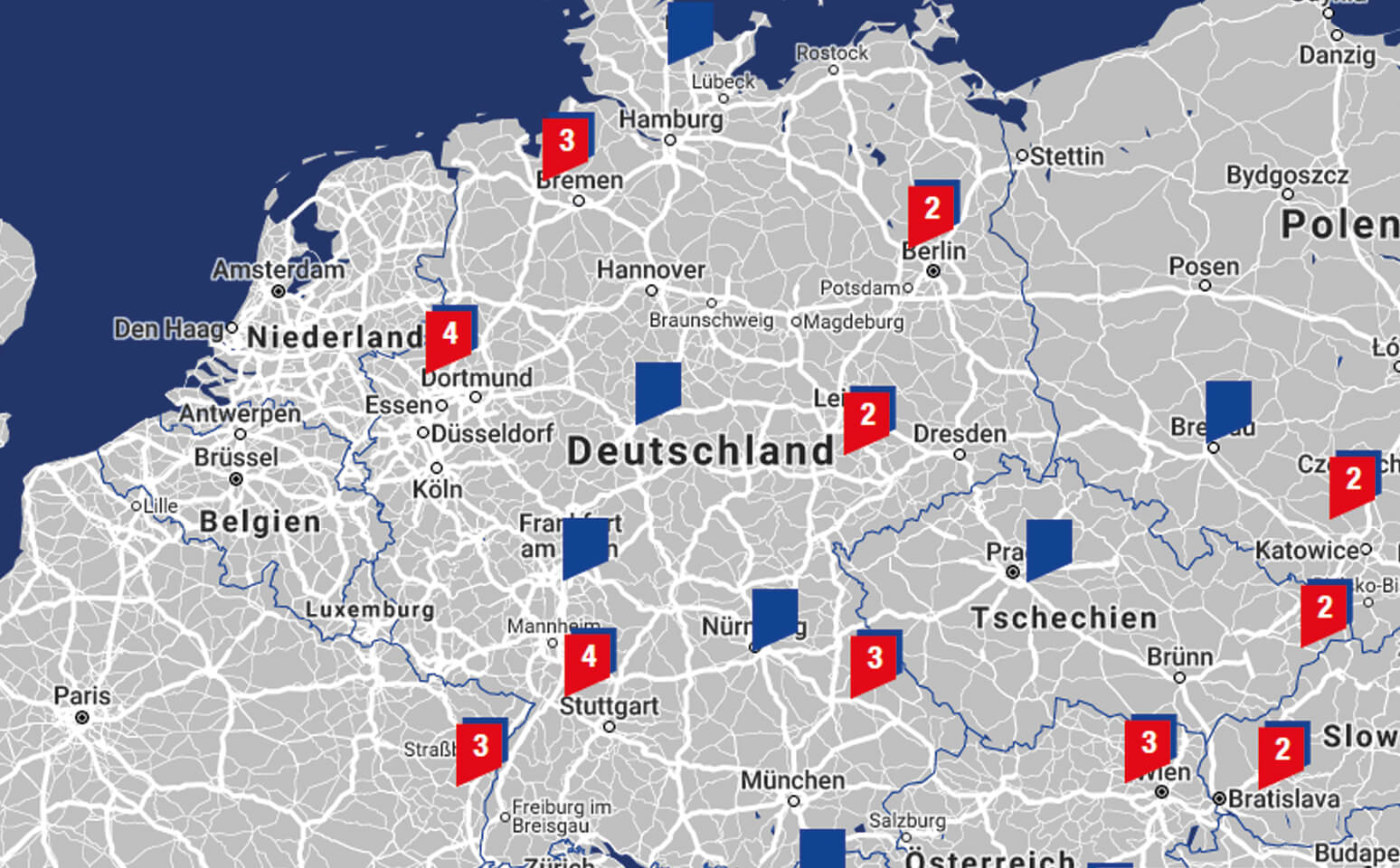History
Come on a journey through 120 eventful years of company history – from company founder Christian Winkler's beginnings as the Royal Court Blacksmith of Wuerttemberg to the international success of a wholesale company with locations in seven countries.
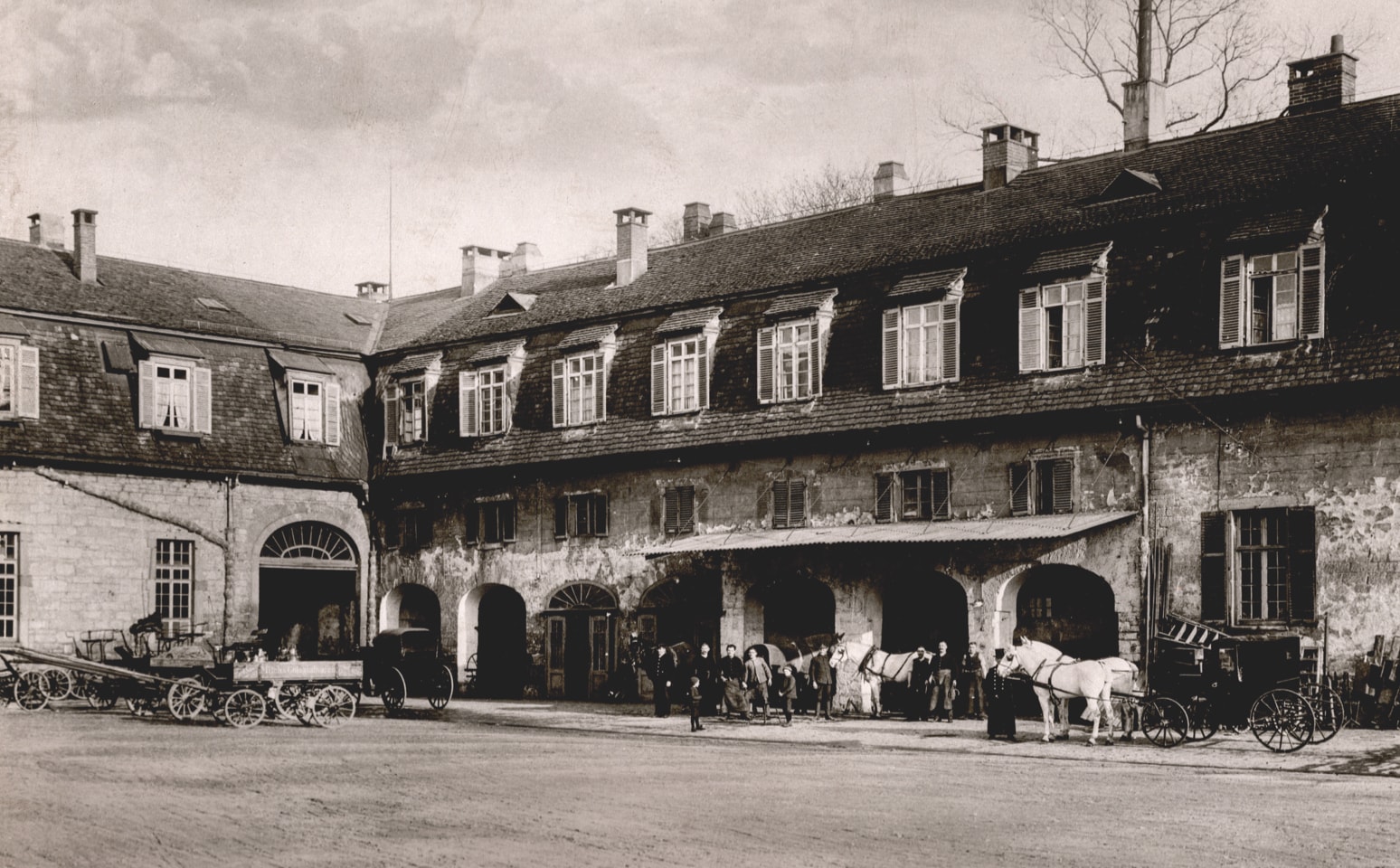
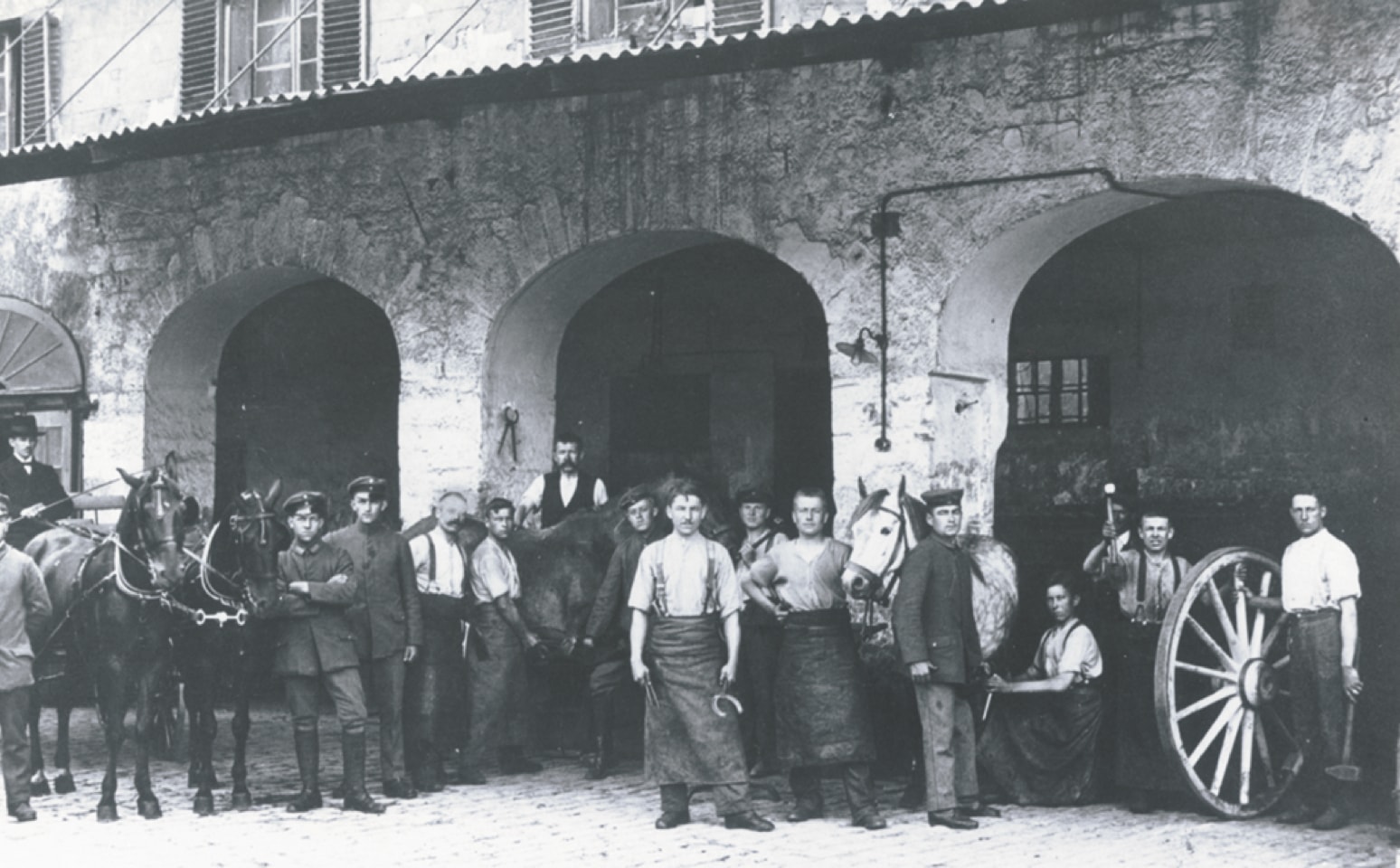
1901 – 1918
In 1901, Christian Winkler set himself up as a wagonmaker in Stuttgart, Germany. Just five years later, King Wilhelm II appointed him to be the Royal Court Blacksmith of Wuerttemberg for his "Marstall", the stables of his horses and carriages. In 1914, Christian Winkler, the oldest son of Ludwig, entered the business as an apprentice. That same year, he went blind. Despite this twist of fate, under the tutelage of their father, Ludwig and his younger brother Wilhelm, who also joined the business some time later, became true masters of their craft.
1918 – 1924
But the end of the First World War in 1918 also marked the end of the king's reign, and Christian Winkler lost his position as Royal Court Blacksmith of Wuerttemberg. The supervisory commission of the Allied occupation forces moved into the vacant rooms of the former Marstall stables. Repairing the springs of their vehicles kept the smithies up and running. But in 1923, when the Marstall was taken over by the palace garden association called Schloßgartenbau AG and turned into stores, Christian Winkler and his sons had to leave the court for good.
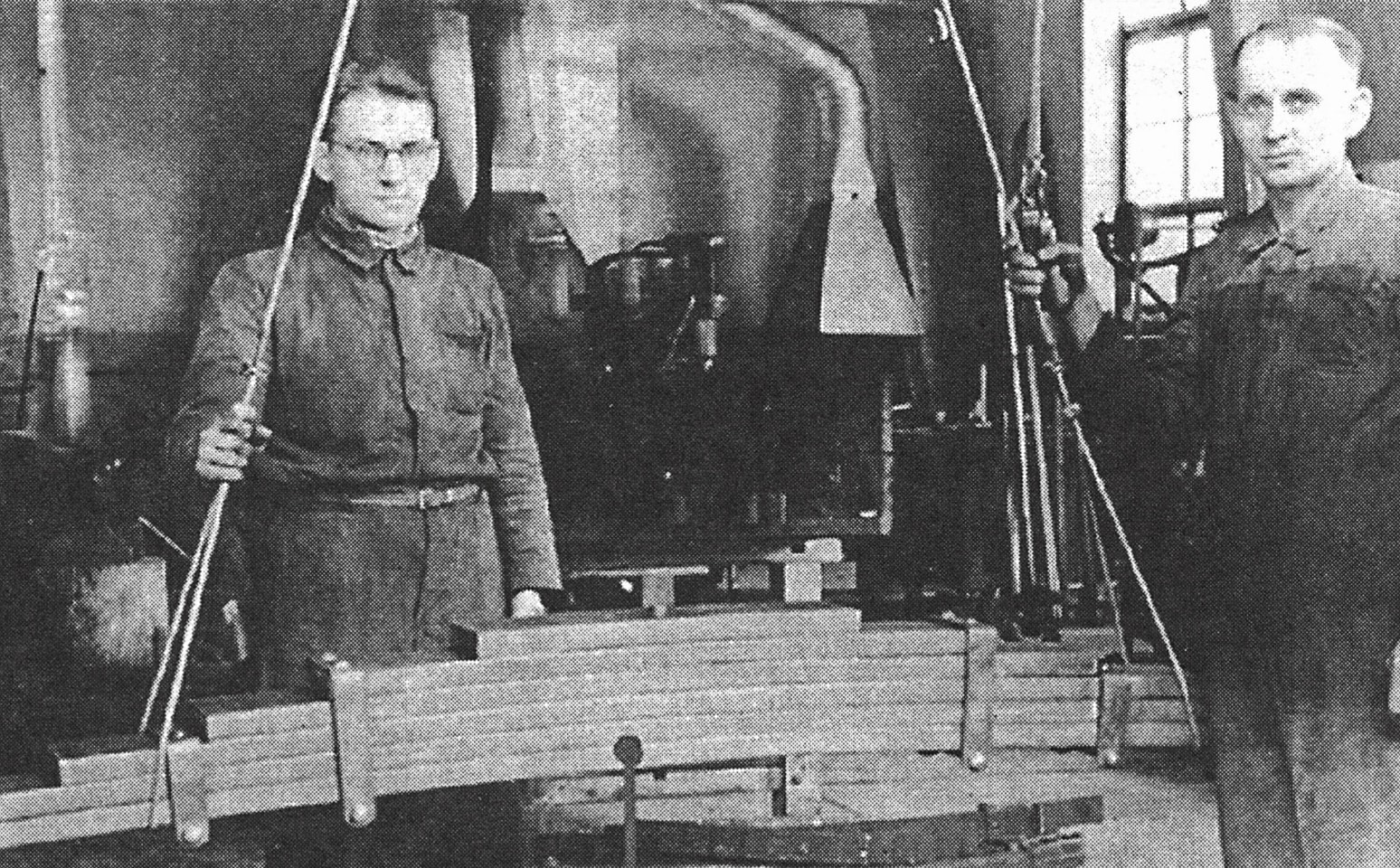
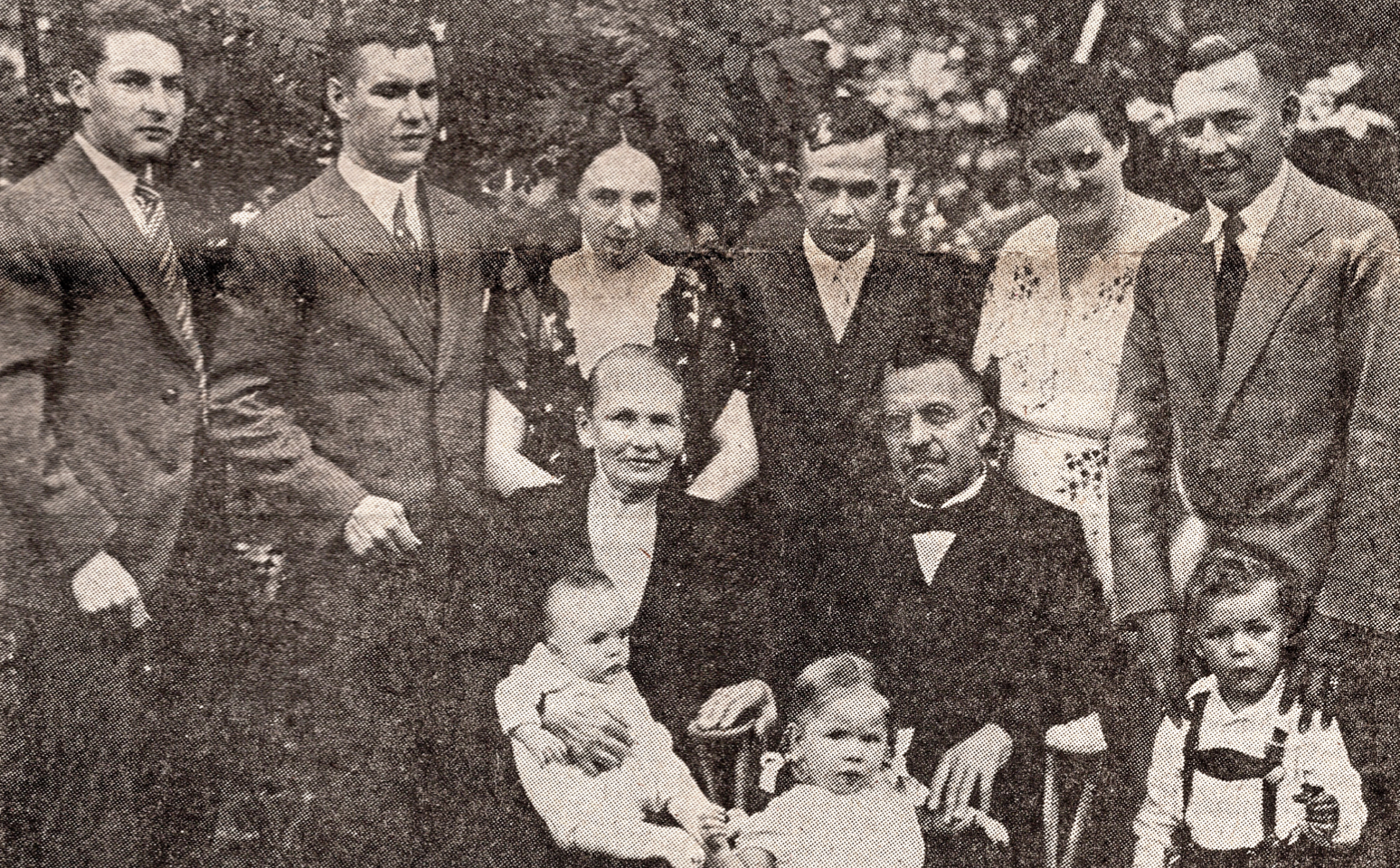
1925 – 1939
Following the enforced closure of the royal stables, the company was facing ruin. Despite the post-war inflation and the tense economic situation in the region, the Winklers bought a new company building at Wolframstrasse 18 in Stuttgart, along with a hardening furnace and a machine for cutting and stamping spring steel. This equipment gave Winkler the ability to specialize in producing and repairing automotive springs, as Christian Winkler saw the emergence of motorization as an opportunity, although was causing hardships for many of his colleagues in the trade. From then on, the company started manufacturing and repairing automotive springs, making a name as "Federn-Winkler", or "Spring Winkler" in English.
1939 – 1945
Development work for car manufacturers was added, as well as the serial production of springs, stabilizers and other parts. Using its own developed techniques, the company straightened axles and repaired axle bearings and steering knuckle bearings. In 1939, Winkler expanded the company by constructing a large production hall. During the years of the war, the company became involved in the arms program. In 1944, the plant was destroyed by a blockbuster bomb. The new production hall was the only building to survive the war. The family endured the end of the war in the small village of Suppingen on the Alb, where they also stored their most valuable machines.
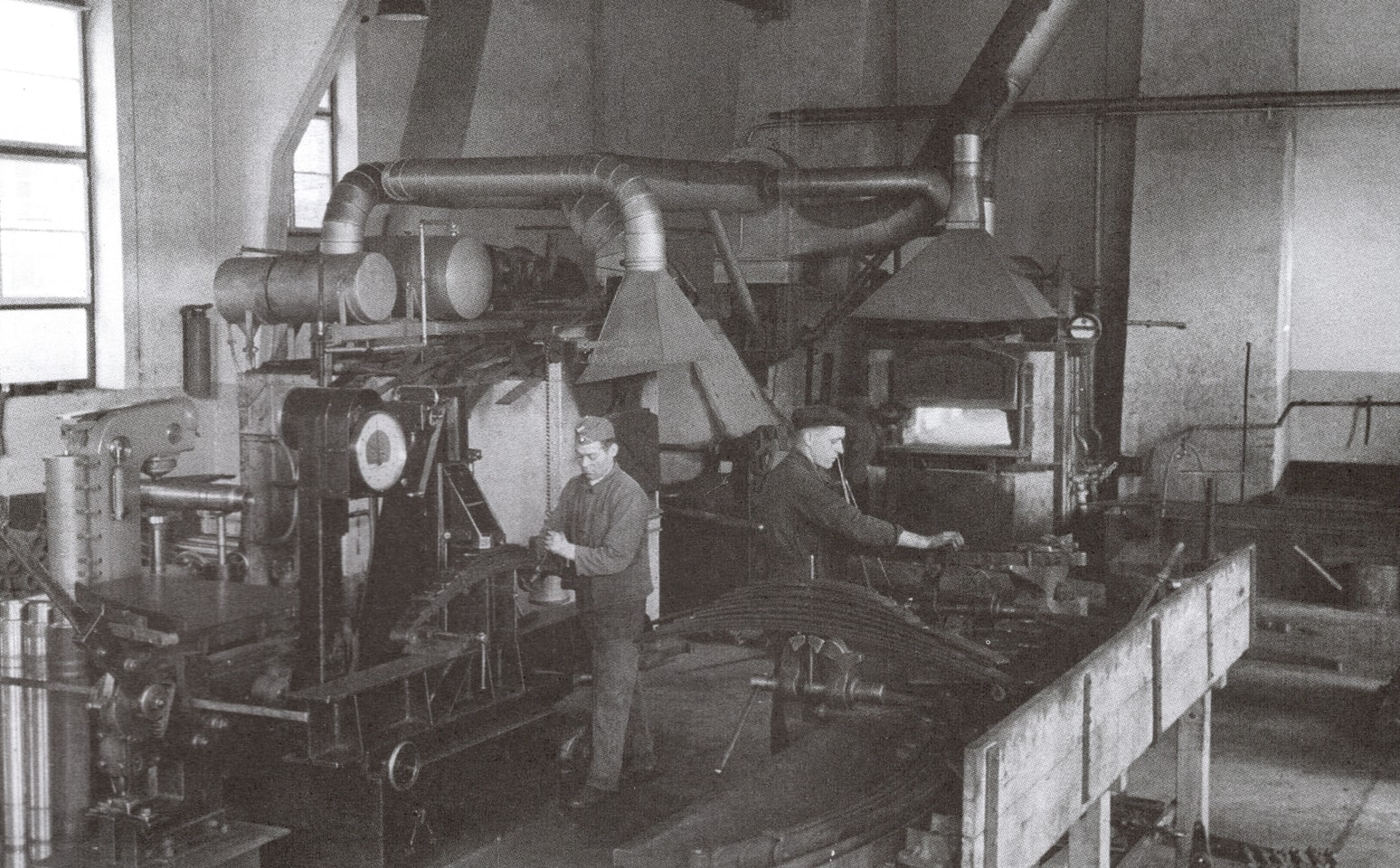
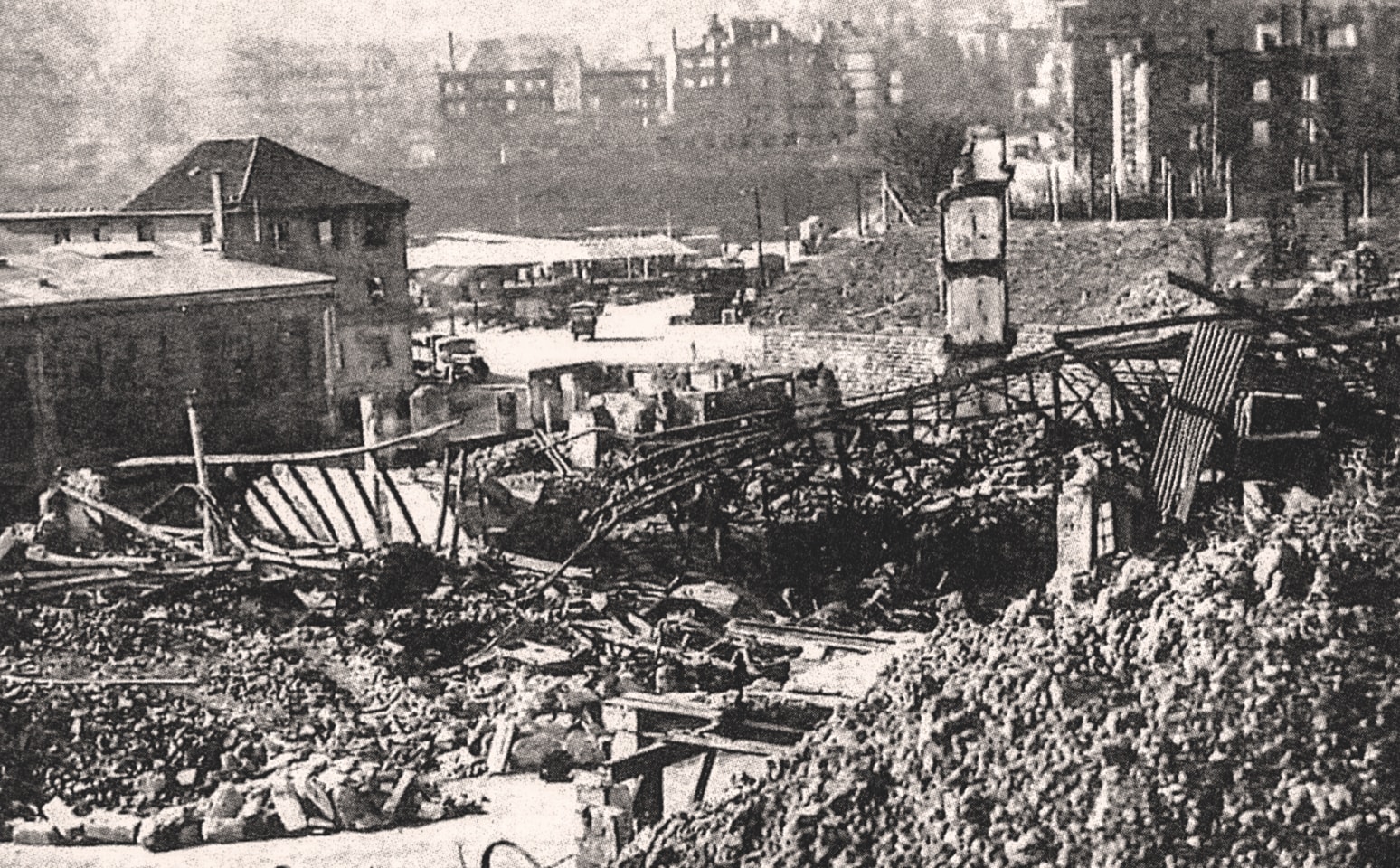
1945 – 1949
Work started on rebuilding the company with the currency reform of 1948 and the company improved rapidly thanks to the Marshall Plan, an economic development program of the USA to rebuild the European states. But in 1949, a stroke of fate struck the company and the family: founder, pioneer and head of the family Christian Winkler died at the age of eighty. He left behind big shoes to fill, but his sons Ludwig and Wilhelm grew into them quickly. They took over the company with equal shares and promoted its growth. In the same year, Ludwig Winkler Jr. also joined the company as a blacksmith apprentice.
1950 – 1962
The site of the former workshop building, which was rebuilt and expanded, was soon too small. So the company moved to a larger building on the street called Wolframstrasse and built new company workshops and an administration building. By repairing axles, winkler was a pioneer in the field and able to build up a financial base. Business was running so well that the brothers soon realized that even the new facilities had become too small, which is why they acquired additional property on Wolframstrasse. By 1960, a stately new building was constructed here, containing a welding shop, a lathing shop, a warehouse, assembly shops and offices.
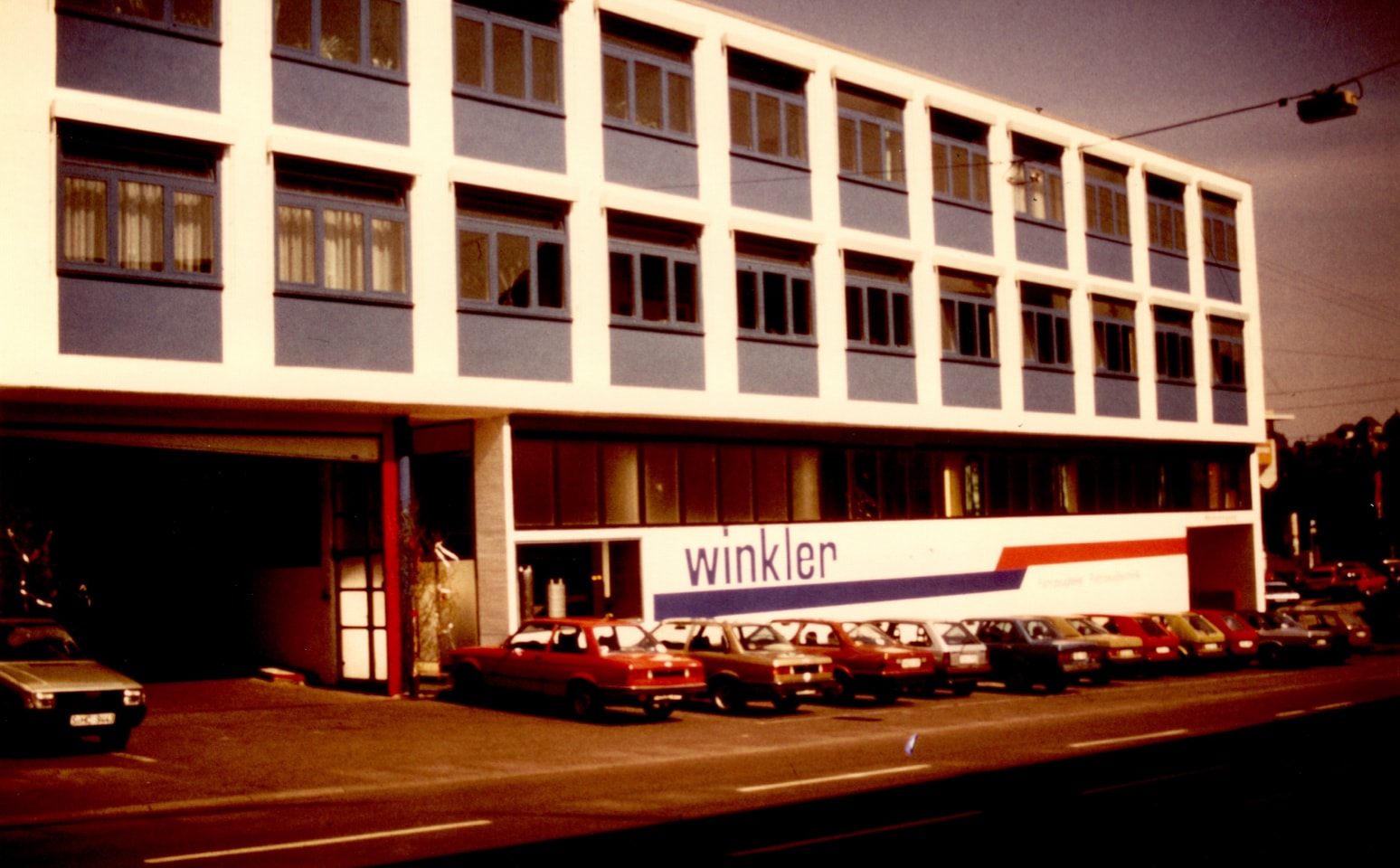
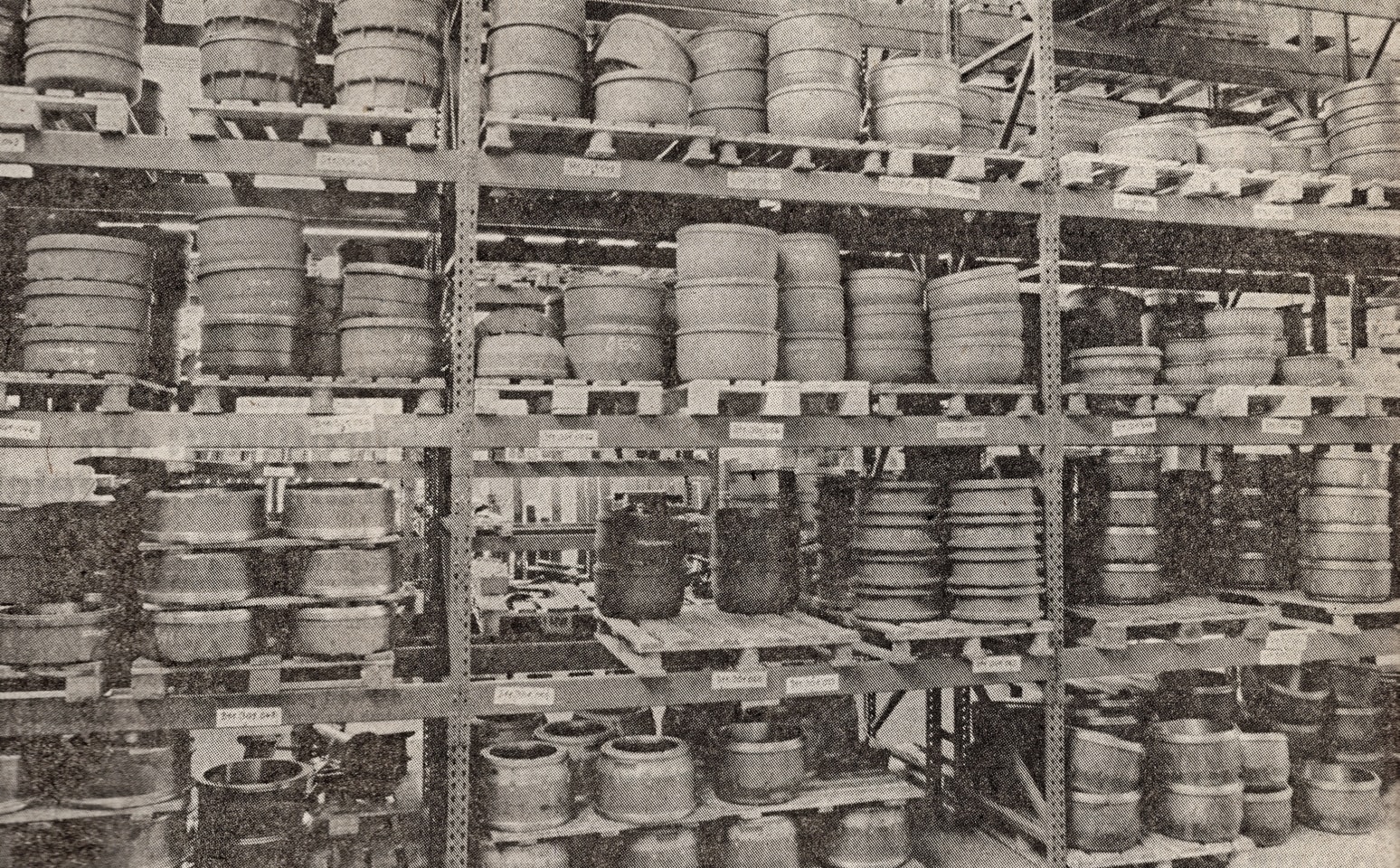
1963
For winkler, 1963 was the birth of the wholesale business in commercial vehicle parts. Under a new generation of directors, the wholesale business rapidly developed into a dynamic area of growth. Hans Winkler and Siegfried Dolmetsch, who joined the company at the same time, expanded it step by step. The customer base grew and so did the volume of various orders. With this in mind, the company expanded its assortment to include leaf springs and their accessories, parts for axles, steering and brakes, as well as con-rods, fifth-wheel couplings and more.
1964 – 1972
To accommodate the company's growth, branch operations were set up in Stuttgart-Weilimdorf in 1964, under the leadership of Ludwig Winkler Jr., because there was not enough space in the street of Wolframstrasse for large vehicles, frames and heavy construction parts. Eight years later, in 1972, the brothers Ludwig and Wilhelm handed the helm over to a new generation of managing directors: Ludwig Winkler Jr. (technical management), Hans Winkler (sales, materials management, organization) and Albert Schlack (finance and personnel) led the company from this point on. At the same time, the advisory board was created as the top supervisory body.
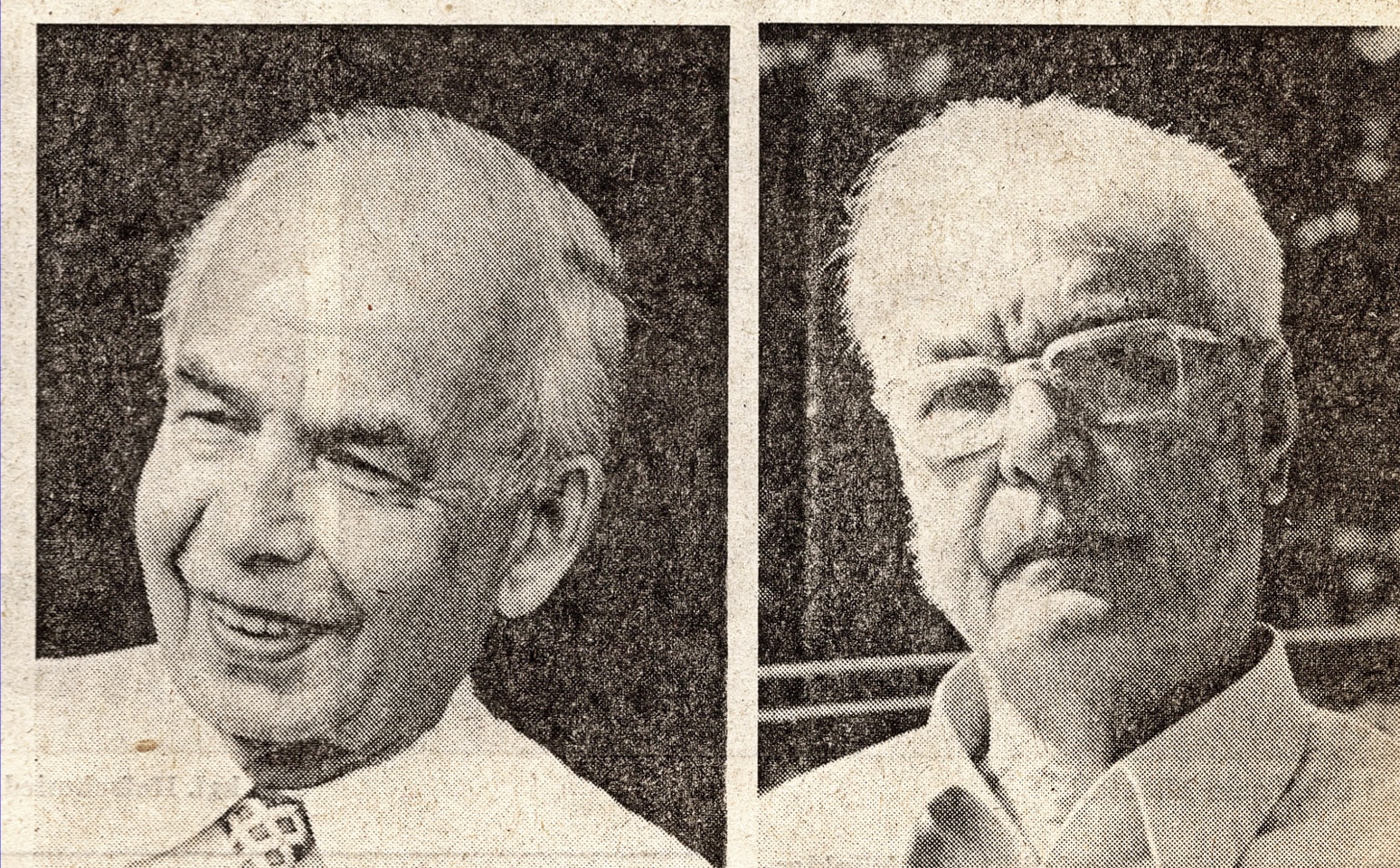
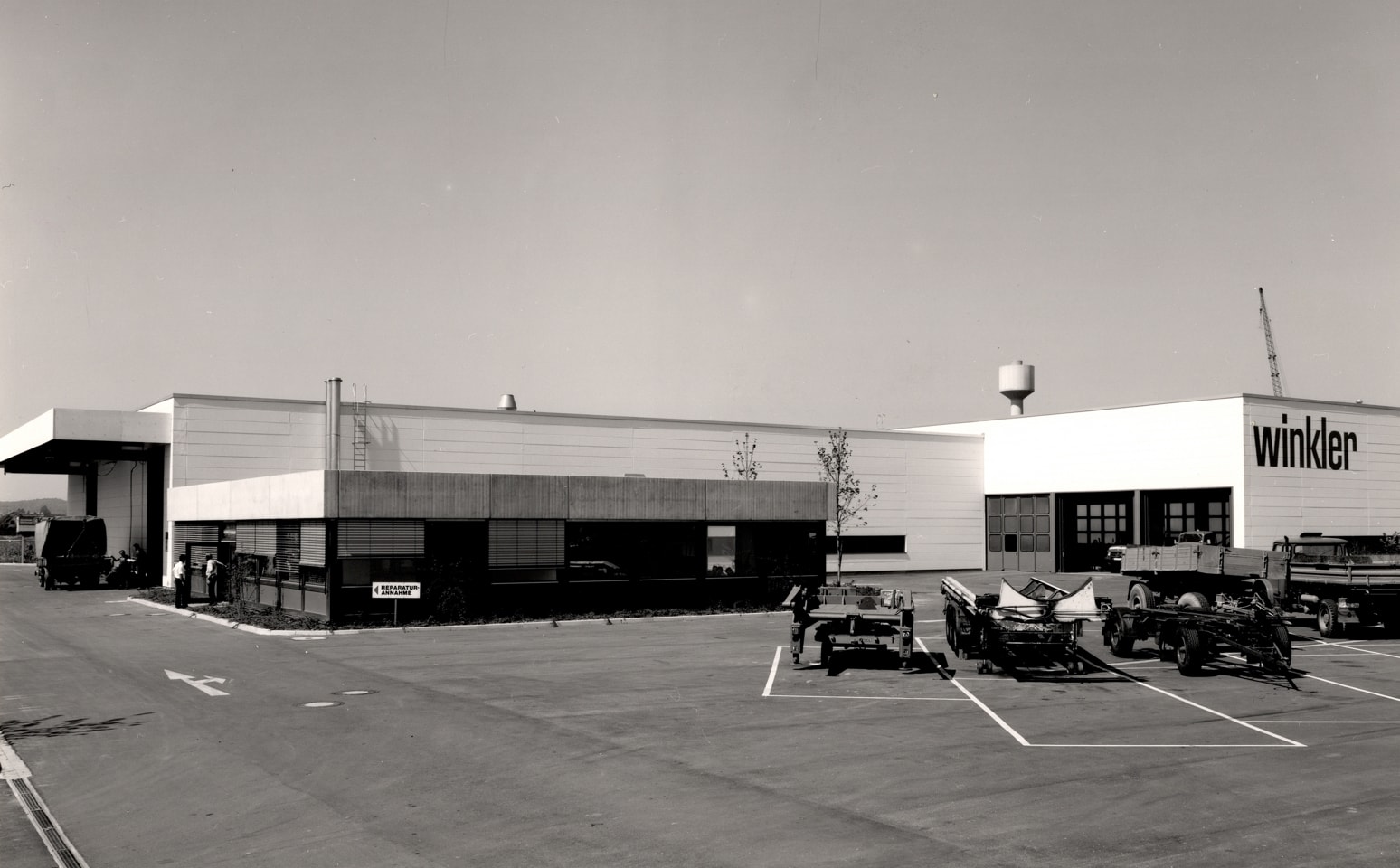
1973 -1986
With newly opened locations in Karlsruhe, Freiburg and Ulm, the wholesale business developed very dynamically. The division of vehicle technology was also expanded. By 1975, a new home was built in Ludwigsburg-Tamm to accommodate the frame straightening shop in Weilimdorf and parts of the technical operations in Stuttgart's street of Wolframstrasse. In August 1977, the company was already 110 employees strong. In 1979, Hans Winkler, grandson of company founder Christian Winkler, became the managing director. The management team now consisted of four people, responsible for the divisions of "Sales", "Purchasing", "Finance/IT/Personnel" and "Technology."
1986 – 2000
winkler quickly became a full-range carrier, with operations throughout all of Germany. To guarantee and increase availability, the first central warehouse was launched in Ulm in 1987, followed by the second central warehouse in Kassel in 1996. But this expansion of locations was not only promoted in Germany. By opening the Härkingen plant in Switzerland, the first foreign location was established in 1994, and the export company winkler Truck and Trailer Parts at the headquarters in Stuttgart laid the foundation for international trade. Due to rapid growth, in 1998 the headquarters had to move from the street of Wolframstrasse to Heilbronner Strasse as the facilities were "bursting at the seams."
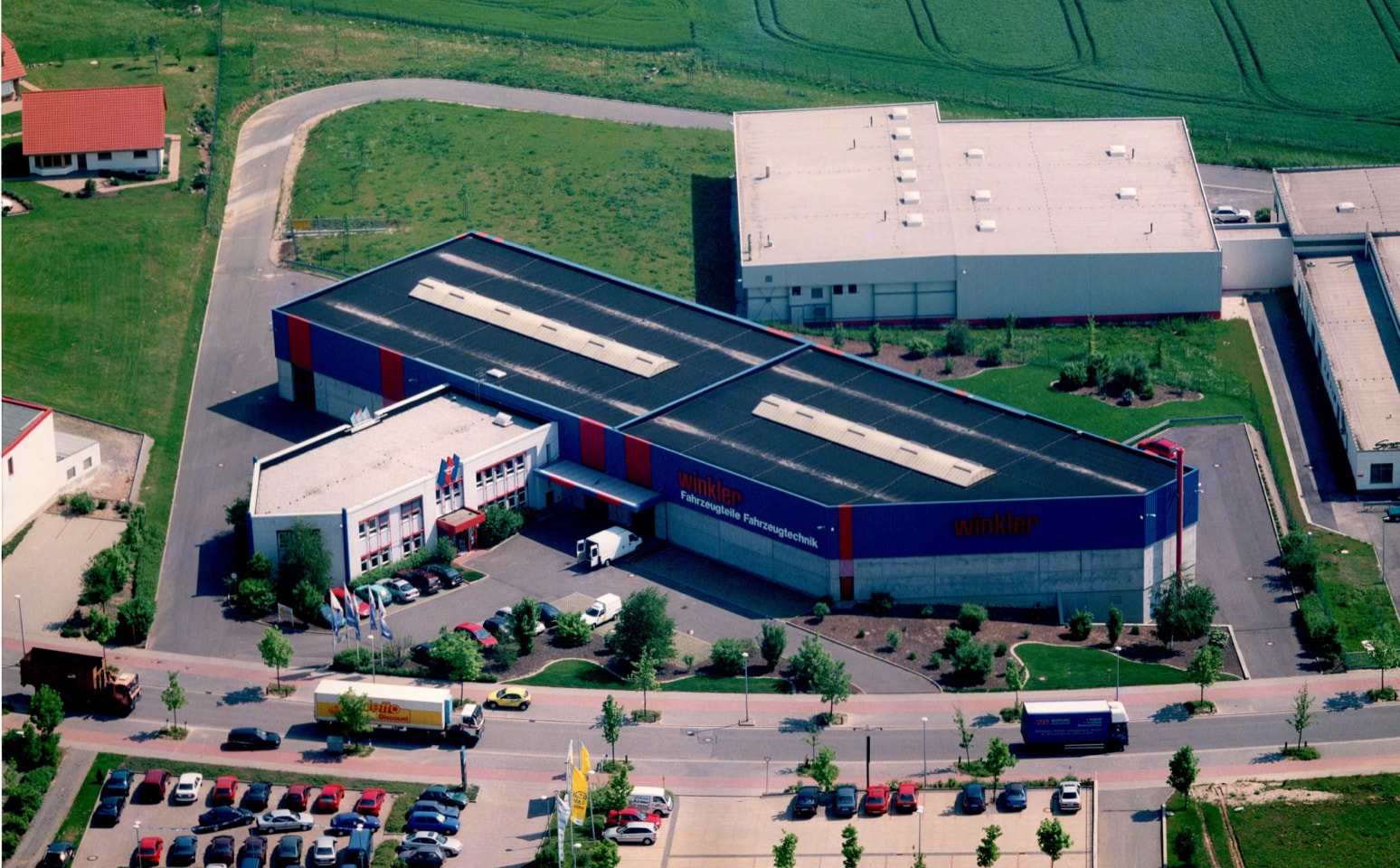
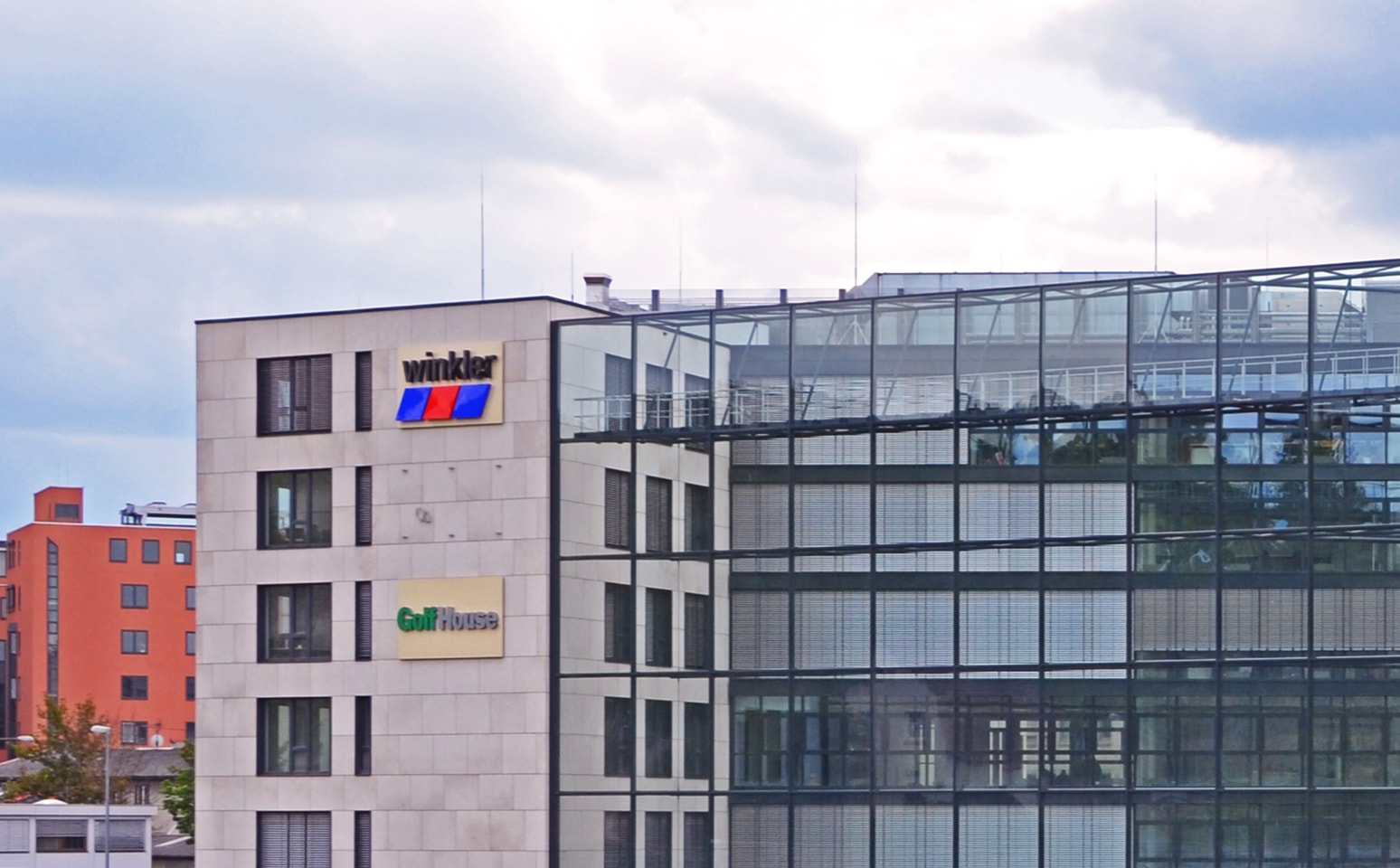
![[Translate to English:] [Translate to English:]](/fileadmin/content/Metanavigation/Unternehmen/Hero_Zentrale_Stuttgart.jpg)
2001 - 2015
Another milestone in the company's history followed in 2001, when winkler began selling spare parts for agricultural machinery and offering solutions for the agricultural sector. In 2004, Hans Winkler transfers sole responsibility for the company to his co-managing director Rüdiger Hahn, but remains with him as a consultant. With the introduction of the first browser-based online shop in 2010, winkler takes an important step towards digitalization and thus continuously increases sales. In 2015, the Stuttgart headquarters moves to the Leitzstrasse, where it is still based today. Over the years, winkler succeeded in establishing a network of locations across the German-speaking countries and Central Eastern Europe. A new location is added almost every year - in some years even several.
2016 - 2025
In the years that followed, winkler expanded its product range step by step. In order to further increase availability in Austria and Central Eastern Europe, the first central warehouse opened in Himberg near Vienna, Austria, in 2019. A change in management followed in 2021. Bernd Sixt and Hans Strobel, both Managing Directors since 2013 and two winkler veterans, leave the company. Ralf Dannhäuser and Jörg Rentschler take over the responsibilities and, together with Rüdiger Hahn as Chairman, form the new Management Board. Due to the further expansion of the spare parts business, the central warehouse in Ulm increasingly reached its capacity limits. A new logistics center in nearby Langenau is intended to remedy the situation. The ground-breaking ceremony for the start of the construction project took place at the end of 2024.
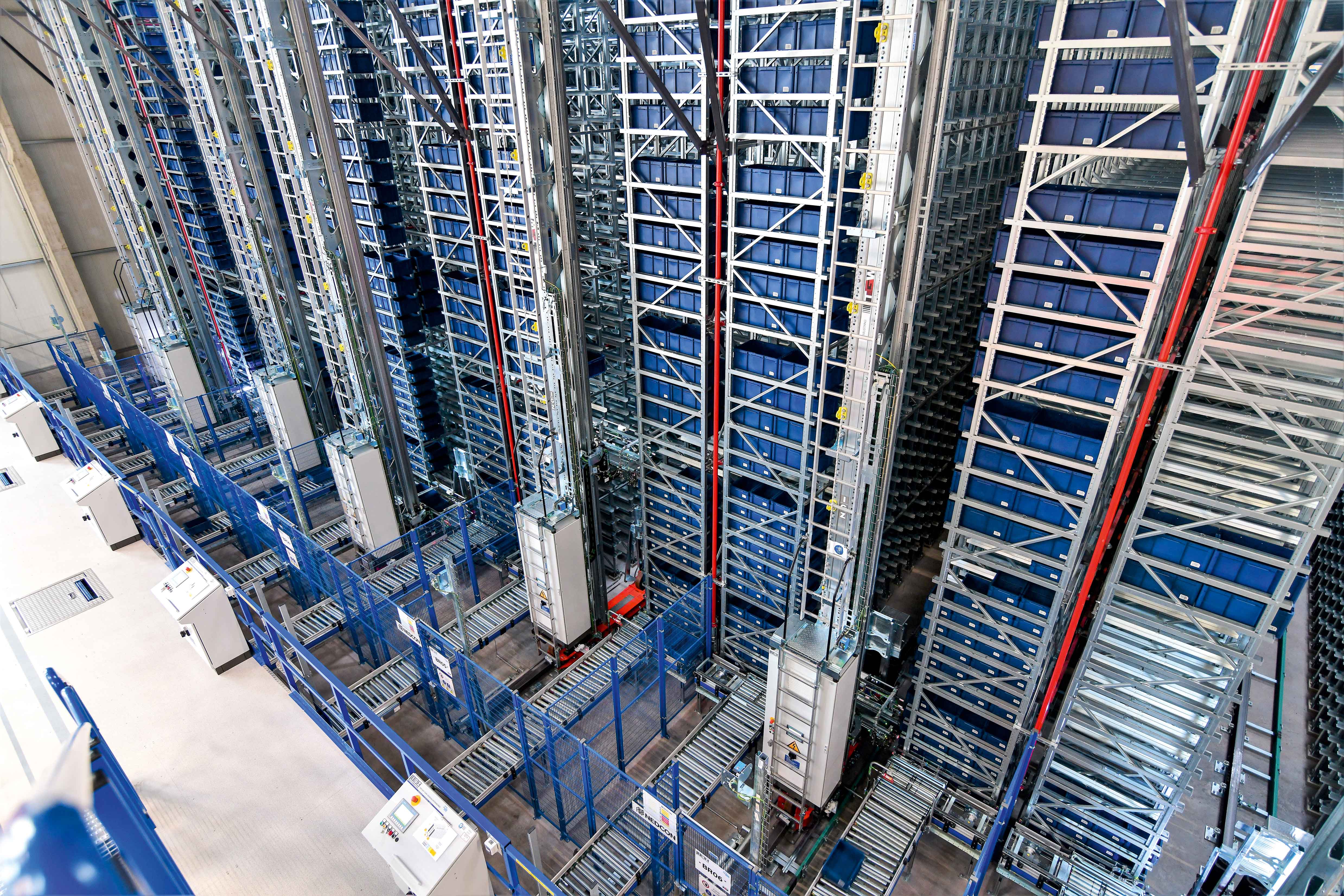
Today
Today, winkler is represented by over 40 operations in six countries. In Germany, Austria, Switzerland, Poland, the Czech Republic and Slovakia, winkler supports commercial vehicle owners, workshops and bus and agricultural companies. From three of the largest central warehouses in Europe with more than 200,000 spare parts, the goods are reliably delivered to customers. The company has over 1,700 employees and generates a turnover of over 600 million euros. These are numbers that company founder Christian Winkler probably never dared to dream of.
